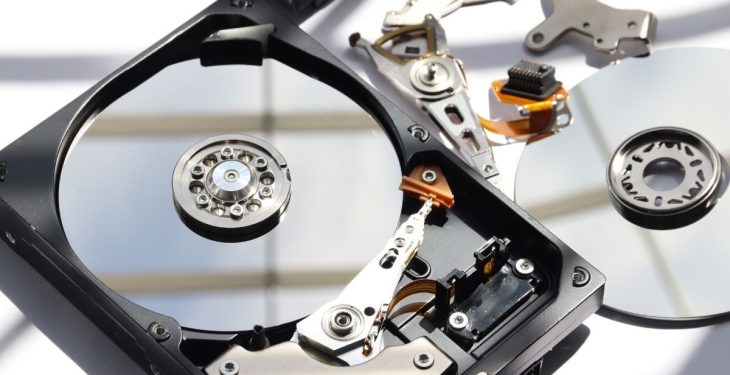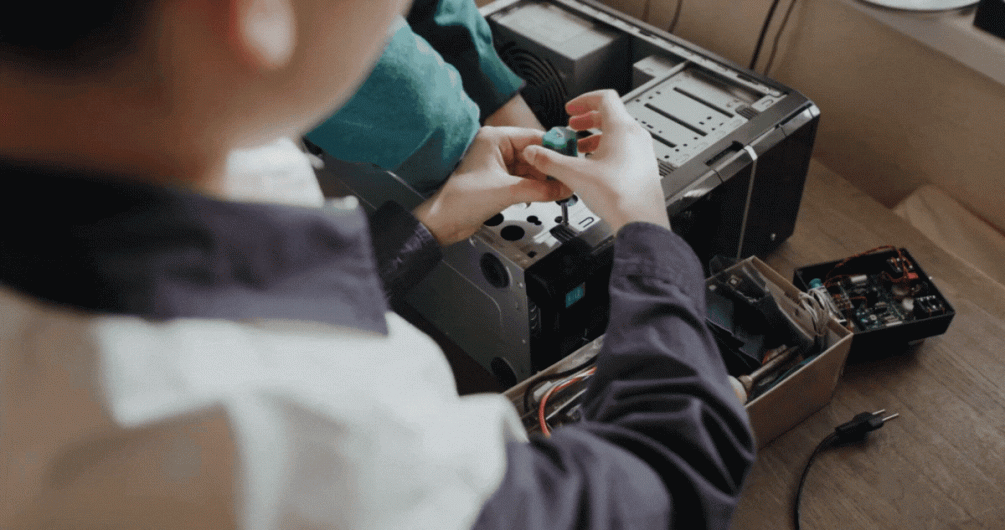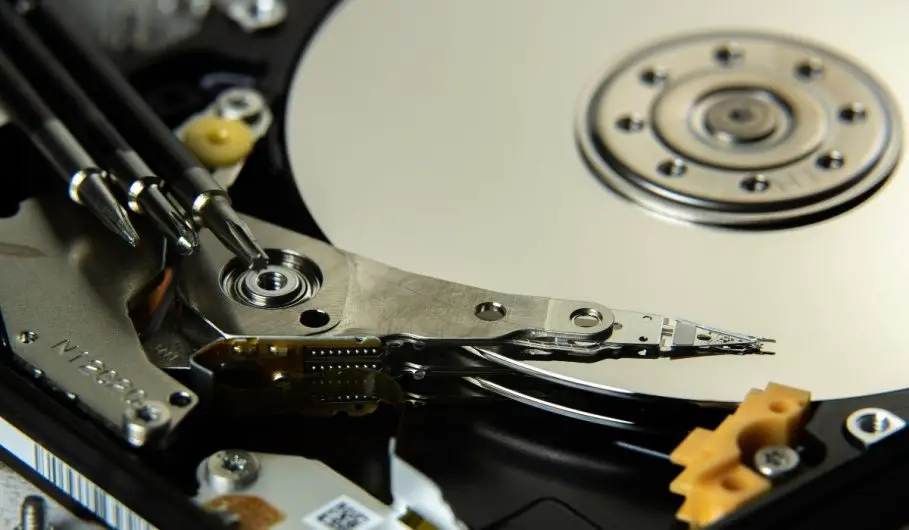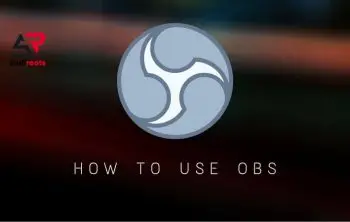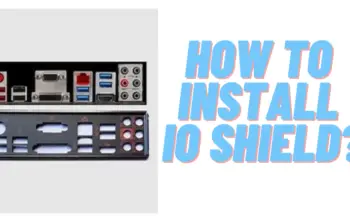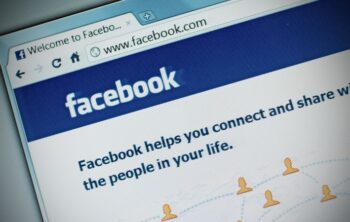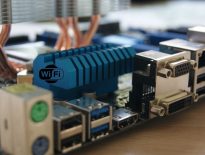Motherboard in technical terms means the main circuit board which is attached to every PC and Android(s). It is basically a multifunctional device which has an enormous amount of variants which can switch to different correlated works. Motherboard does this ample of work because of such a central processor, chipset’s input/output and memory controllers, interface connectors, and other components integrated for general use. It was designed in 1993 by Octek Jaguar V. There are both types, one the ancient one and the other modern.
Introduction
Motherboards are of various types these days but it is best to be seen in desktops or monitors. The need of a motherboard is just like a human with a heart. It is considered as a central part which allows all the multifunctional stuff followed by every other component attached to it.
The most popular motherboard form factor in domestic and industrial computers is ATX as it reduces the size of the motherboard greatly. Peripheral Component Interconnect (PCI), Accelerated Graphics Port (AGP), Integrated Drive Electronics (IDE), Universal Serial Bus (USB) and the memory or RAM slot are the numerous sockets and ports that a motherboard supplies current to follow various steps.
The most important role of a motherboard is it interprets with the input data like pendrives and all and gives the same data interpretation to hard drives , it consumes less time and is really worthwhile. All motherboards require some form of electrical power supply to operate. However, even when a motherboard is not receiving power from an external source, some electricity is still maintained on the motherboard due to capacitors and the motherboard’s CMOS battery.
How to connect Hard Drive to a motherboard ?
Hard drive is an electro-mechanical device which stores and restores data interpreted by the motherboard. Hard drives also known in various different names such as hard disk drive, hard disk or fixed disk. It converts electrical energy coming from the motherboard during data interpretation to mechanical energy (basically magnetic fields are about to build up while carrying out this process).
These modernised HDD(s) are in the form of small rectangular pieces . This piece was invented by IBM led by Ray Jhonson. A hard disk is basically a device which mechanically stores all the data that we transfer from any device. To clear out all the unnecessary datas too we can copy and paste media that are best used in desktops here. Hard disks save you data for a very long time. Hard disks are not that volatile and are very cheap compared to “RAM and Cache”.
When downloading files to your computer, they are permanently stored on your hard drive or another storage medium until they are moved or uninstalled. Using an ATA, SCSI, or SATA cable we can connect a Hard Drive and transfer our datas. Hard drives store files for the operating system and software programs that run on the computer.
To connect a Hard Drive to a motherboard you can follow certain steps but always ensure to backup your data first. There are several benefits of connecting your Hard Drive to the motherboard. Here are the details steps to do so.
1. Desktop
- Make sure you have a windows installer on your desktop. Another installer like mac can cause damage to your desktop. Well if you are not using windows desktop then probably you can visit your nearest hardware store and get it done.
- If you are installing a hard disk newly then you can omit this step and move on to furthermore steps. But if you are initializing and replacing the new one then make sure your old one is formatted in the due time so that you can restore it again or else add a second drive to the port instead and store the previous data over here and then continue installing the new one.
- Make sure you Pc allows the installation process of the new drive although having the previous or the old one drive. If you have an all-in-one PC monitor, make sure the hard drive inside the monitor is replaceable.
- Before purchasing a hard drive make sure the port inches are required to be fulfilled because there are two types of port/jack inches i.e. 3.5 and 2.7 respectively. Basically all in one pc uses the second choice.
- Before inserting a Hard Drive into the port make sure you shutdown your computer first and then install it. Problem is sometimes software shows some glitches so make sure of taking these precautions beforehand.
- You need a screwdriver to open up two panels of the computer.
- Make Sure you have a shock absorbent because while carrying out the above process chances are getting shock.
- Remove all the old hard drives and put all the screws for the new drive installation because you would have discarded the old one.
- Ensure that your new hard drive is inserted properly, check all the loose screws and tighten them using a screwdriver.
- Use a SATA cable to connect the hard drive to the motherboard. Make sure SATA is installed first when you dive into the installation of any hard drive. It is the primary step that should be taken into consideration.
- Ensure that none of the cables come out while installation of this hard drive and then connect the power supply to the hard drive.
- Google what type of android update your pc or desktop needed and install an operating system and now you can access data transferring usage.
2. Laptops
- If you want to restore all the data first then insert an old one and take all those into it.
- Before you purchase a new hard drive for your laptop, check the user’s manual or open your laptop to make sure you can replace or install a second hard drive.
- Disconnect every setup with your laptop and shutdown the system.
- Open up the bottom of the laptop and attach the panel.
- Make sure you are using a plastic or a wood thing aside because chances are getting shocked while removing the battery part.
- Open the hard disk panel and unscrew the old panel inserted.
- Place the new hard drive in the same enclosure and secure it with the screws.
- Connect the wired required and install an operating system in your device. Now you are ready to go.
Conclusion
In this generation there are several problems and solutions attached with it. People now require more data to be transferred even more shorter period of time which discard all the usage of HDD now. In fact, we have to underline the fact that the hard drive manufacturers are doing an incredible job in increasing storage density, while still being able to squeeze some more performance out of hard drive technology that has only changed in the details after 50 years. Other technologies such as Flash hard drives can reduce access times to a minimum, but only at a high per-gigabyte cost, and Flash has not yet been able to outperform a quick hard drive’s data transfer rates.

